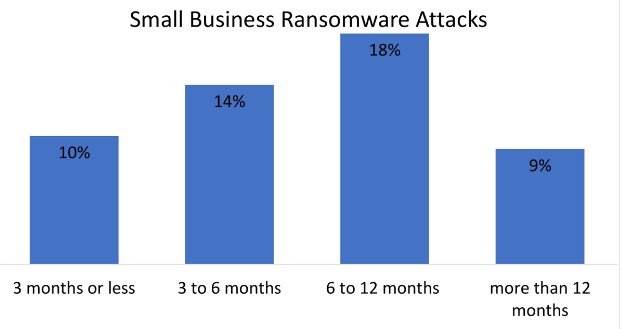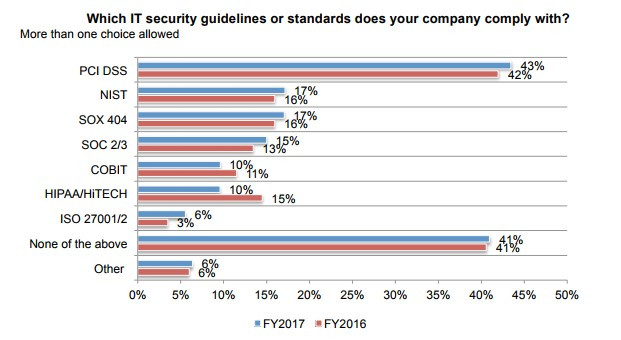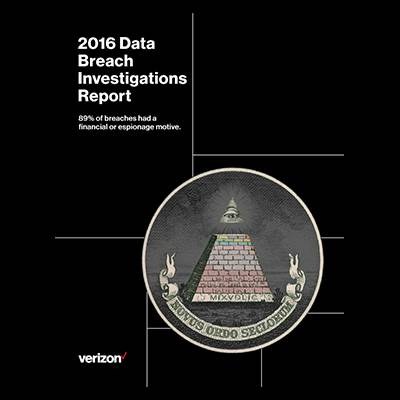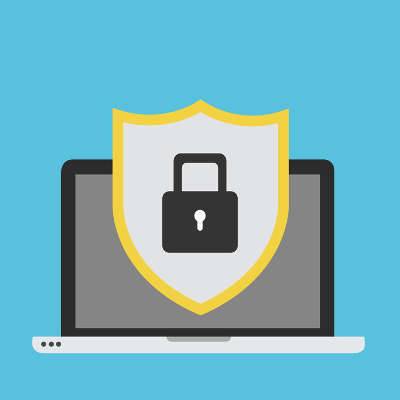Star Wars is a cultural sensation. For the past 40+ years audiences from all around the globe have become captivated with the story that took place in a galaxy far, far away. However, Star Wars was also a wonderful lesson in modern IT security! Let's examine three situations that happened in Star Wars: A New Hope and, how, if proper IT strategies were implemented, the Empire would have been able to keep its greatest asset protected.
Macro Systems Blog
Mobile devices continue to be an important part of doing business, and organizations are ready and willing to accept them into the workplace environment with open arms. Yet, the fact remains that doing so can be of significant risk. Believe it or not, the majority of businesses overwhelmingly support mobile devices, but don’t put measures into place that can protect them in the event of a hacking attack or data leak.
Verizon has taken to publishing a compilation report analyzing data breach statistics with the help of industry partners, a report that is widely regarded as a must-read for the industry. A brief review of the latest edition’s executive summary revealed where information security vulnerabilities lie in industries worldwide and, even more helpfully, what shape those vulnerabilities took. The Data Breach Investigations Report, or DBIR, pulled no punches in outlining what kind of attacks happened in the past year, and how.
There are many types of online threats that the average business owner needs to understand and be prepared for. The problem here is that no two threats are alike, and they all perform different functions. One thing that all threats have in common is that they want to disrupt your operations in any way possible. To help you better prepare your organization for these threats, we’ll discuss a particularly dangerous malware: the rootkit hack.
Mobile devices have many, many uses, all of which allow users to get the most out of them. But what if all of your attempts at locating the best applications just lead to finding a fraudulent app on the Google Play Store? The truth is that the Google Play Store has its share of malware available for download in all kinds of disguises. Let's go over a couple of tips to help you avoid installing them to begin with.
The Internet browser is one of the most used applications for most users on their computer or mobile device. With the flood of aggressive problems, it is very helpful to realize which Internet browser is the best for keeping your data, identity, and network safe. Let's look at the five most popular Internet browsers found on desktop and laptop computers and decide which are the most reliable.
It’s no secret that a data breach can have serious consequences for any business, especially after some of the events that occurred throughout 2017. From the costs to repair any internal damage done to the efforts it takes to regain client trust, recovering from such an attack is no easy feat--and they’re only poised to get worse.
This year could be a significant year for your business; your business needs to be around long enough to see any positives that may come its way, though, which means you need to be prepared for the negatives. Here are four resolutions for you to make this year to help preserve your company’s cybersecurity.


Network security is a crucial consideration for every single organization, especially ones that utilize the Internet. There were a lot of negatives and some positives that came out of 2017 in regards to cybersecurity. Listed below are some of the most troubling cybersecurity statistics collected in 2017, as well as suggestions on how to keep your company safe in 2018.
There are numerous surveys and reports produced each year that evaluate digital threats and cybercrime. Not every publication applies to every business - but many of them do have some important take aways regarding the best practices of handling IT. Here’s few highlights from the 2017 Cyberthreat Defense Report that offer important insight for SMBs and their use of technology.
If you’ve watched the news lately, you may have seen the Equifax breach and the absurd fallout it has caused. Over 133 million personal records have been stolen. While it’s difficult not to feel individually victimized by such a breach, it’s vital to realize that it’s usually not your specific credentials targeted by cyber criminals. Since businesses often hold onto valuable information, they have large targets planted onto them. It doesn’t stop there--any vendors or partners you deal with are also in danger of cyber attacks.
With the surge in the number of small and medium businesses that have fallen prey to malware and cyber criminals, there is a lot of focus of what an organization can do to prevent being a victim and how the company should handle themselves after an attack. There is another key factor to preventing cyber criminals from penetrating into your network: your employees.
Here’s a question: on a scale of one to ten, how confident are you that your employees are acting in the best interests of your organization’s network security? How confident are you that you’re setting a good example when it comes to handling your business’ security? Unfortunately, any confidence you have on this matter may be misplaced.























